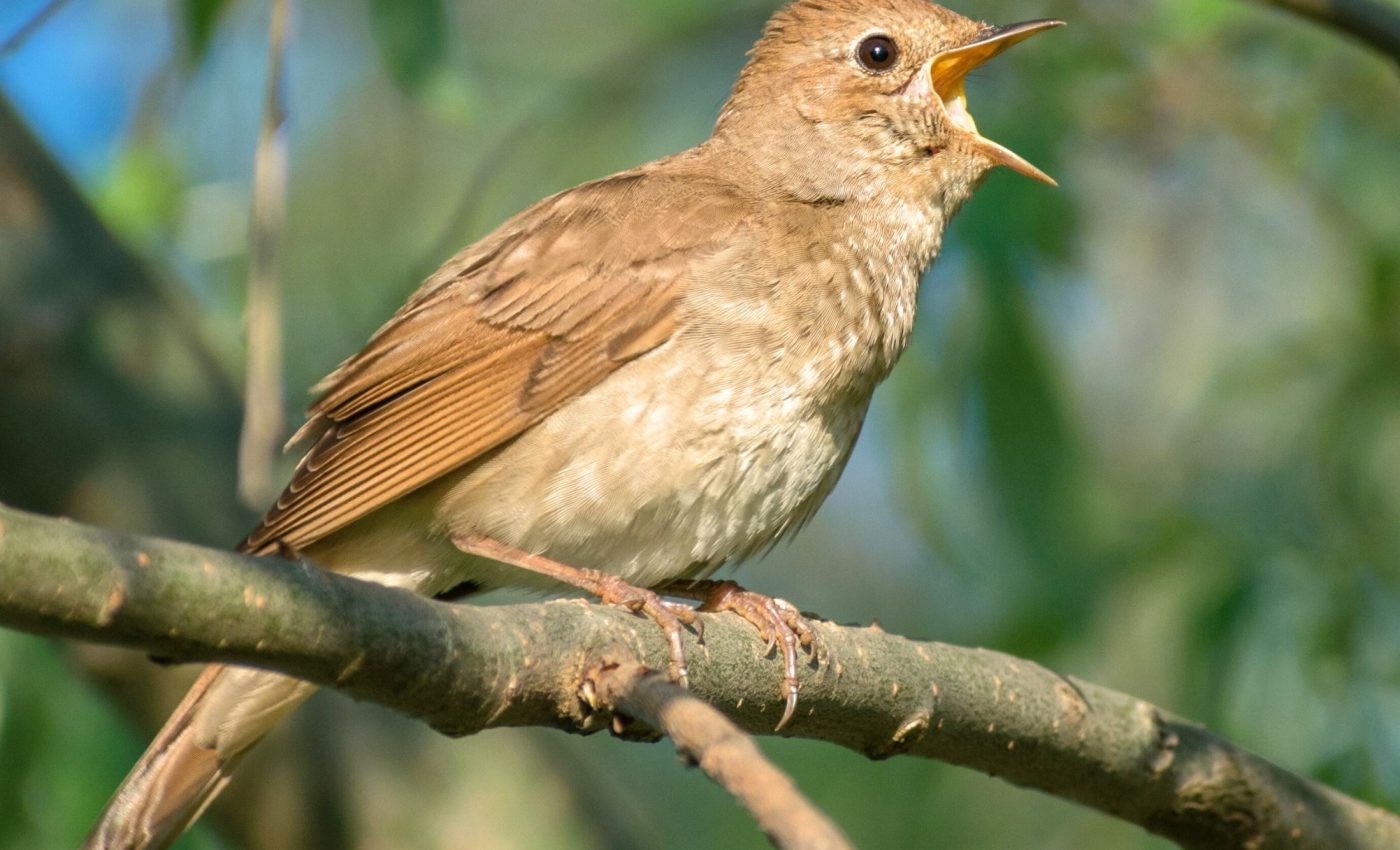
Vanishing forests make bird migration harder across the Corn Belt
Songbirds crossing the U.S. Midwest face challenges beyond distance. A new study reveals that the Corn Belt functions as a significant obstacle during migration. The research draws comparisons between this agricultural zone and the Gulf of Mexico.
The researchers analyzed five years of radar data from 47 stations across the eastern United States.
The results show that birds change their flight behavior to cross the Corn Belt, which has lost over 76% of its original forests and grasslands since the 1850s.
Birds fly faster to cross the Corn Belt
“Birds are showing clear behavioral changes when crossing this agricultural landscape compared to more forested landscapes,” said lead author Fengyi Guo, postdoctoral researcher at the Cornell Lab of Ornithology.
Birds flying over the Corn Belt reached speeds averaging 6.9 m/s in spring and 6.4 m/s in autumn. That’s faster than their flight speeds over the eastern forest, which were 4.7 m/s and 5.5 m/s respectively.
The birds also showed a strong preference for tailwinds, selecting conditions with up to 65% better support compared to more forested regions.
Tailwinds help birds save energy
Selection for tailwind is a smart energy-saving strategy. Birds adjust their timing and altitude to catch favorable winds.
This tactic, previously seen in desert and ocean crossings, now appears during flight over the Corn Belt. Such adaptation reduces energy costs and shortens flight time.
“Still, we found that birds tend to concentrate in areas with more forest cover within the Corn Belt, highlighting how important these remaining woodlands are for migrating birds,” Guo added.
Forest patches offer resting points
Though the Corn Belt poses difficulties, it’s not an uninterrupted barrier. Birds use remaining patches of deciduous forest as stopover points. These small patches – sometimes less than 5% of the surrounding landscape – become crucial.
“For those birds that do not cross the Corn Belt in a single flight, the radar pattern also shows that they are more likely to make stops in areas with more forest cover within the Corn Belt,” said Guo.
This pattern was consistent during both spring and autumn migrations. Stopover rates increased as birds approached the end of the Corn Belt, suggesting they rest after crossing longer stretches of inhospitable terrain.
Bird behavior in the Corn Belt
The Gulf of Mexico requires a nonstop flight of 15 to 35 hours. Birds landing on the Gulf Coast often do so immediately after this effort. In contrast, the Corn Belt allows for mid-journey stops, which makes it less extreme.
However, the study showed that birds still changed behavior in similar ways. The birds flew faster and made calculated use of wind when crossing both regions.
Unlike the Gulf, SPR (stopover-to-passage ratio) patterns were weaker in the Corn Belt, likely due to its patchy forest remnants.
Lost forests and bird migration
From 1630 to 2020, forest cover in the Corn Belt dropped from 63.4 percent to just 19 percent.
Grasslands also declined, replaced by cropland now dominating 51.1 percent of the region. These changes forced birds to adapt to a more fragmented and challenging environment.
Additional cropland expansion since the 2000s has likely made things worse. The conversion continues, pushing birds to rely even more on the few forest remnants that remain.
Conservation: A clear path forward
“With continuing agricultural expansion and coastal development, both the Corn Belt and Gulf Coast are becoming increasingly challenging for migrating birds,” said co-author Adriaan Dokter, research associate at the Cornell Lab of Ornithology.
The authors urge stronger protection of forest patches in both regions. Deciduous forests provide essential rest and refueling opportunities.
While many hotspots along the Gulf and Midwest are unprotected, they support billions of birds each year.
Guo and team also suggest targeting underperforming farmland for habitat restoration. Some croplands yield low returns and could support reforestation without major impact on food production.
Corn Belt affects how birds migrate
Not all birds use the same approach. Radar data suggest two main strategies across the Corn Belt: nonstop crossings and flights with intermittent stopovers in forest-rich zones. Both depend on access to suitable patches for rest and recovery.
The researchers recommend more field studies to explore species-specific strategies and the physiological costs of crossing this altered landscape.
This study confirms what radar, birds, and landscapes have hinted at for years. The Corn Belt, transformed by human hands, now acts as a migration barrier.
Birds adapt with faster flights and smarter wind use. But without preserving the forest islands they depend on, those adaptations may fall short in the years ahead.
The study is published in the journal Conservation Biology.
—–
Like what you read? Subscribe to our newsletter for engaging articles, exclusive content, and the latest updates.
Check us out on EarthSnap, a free app brought to you by Eric Ralls and Earth.com.
—–













